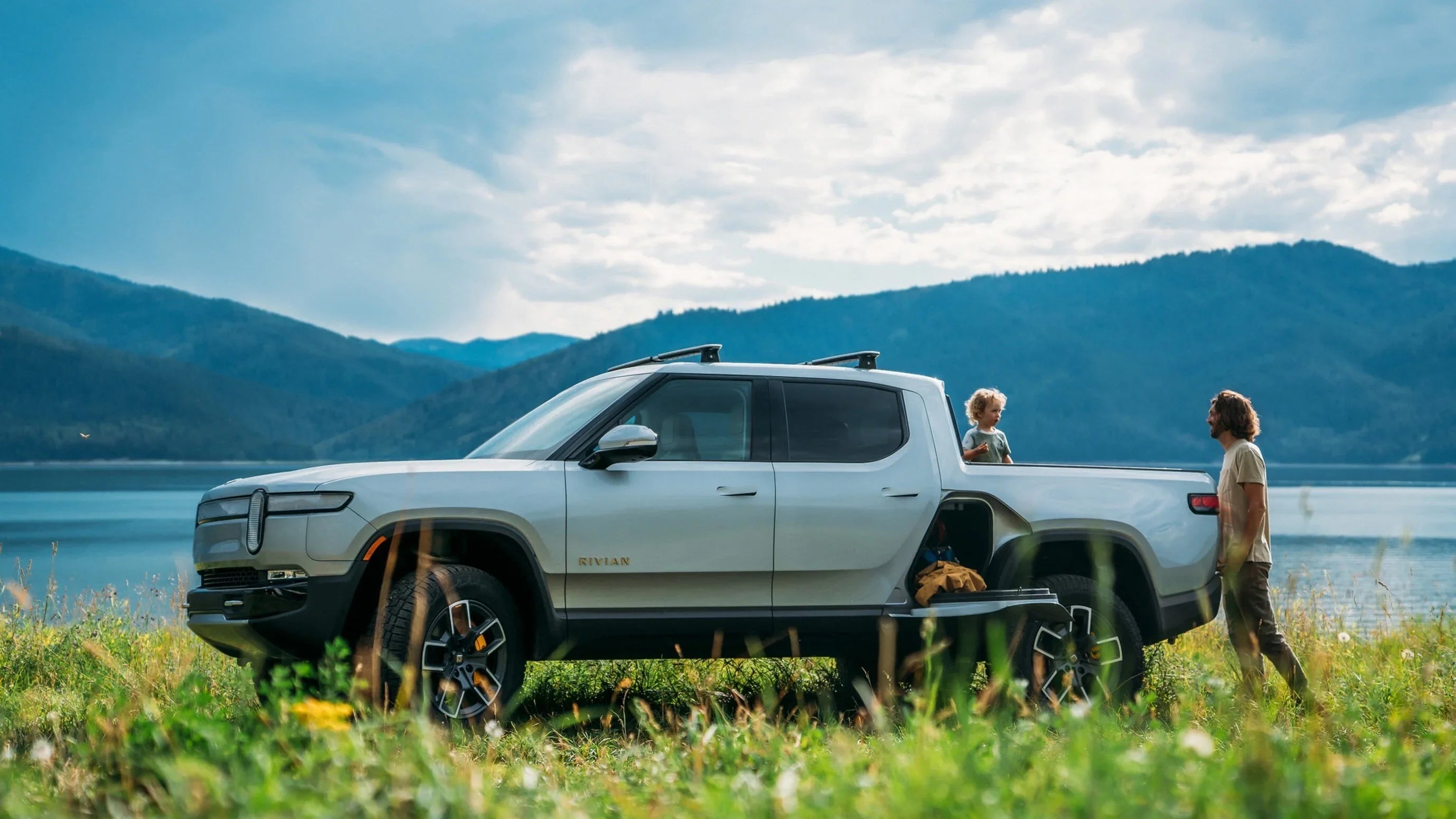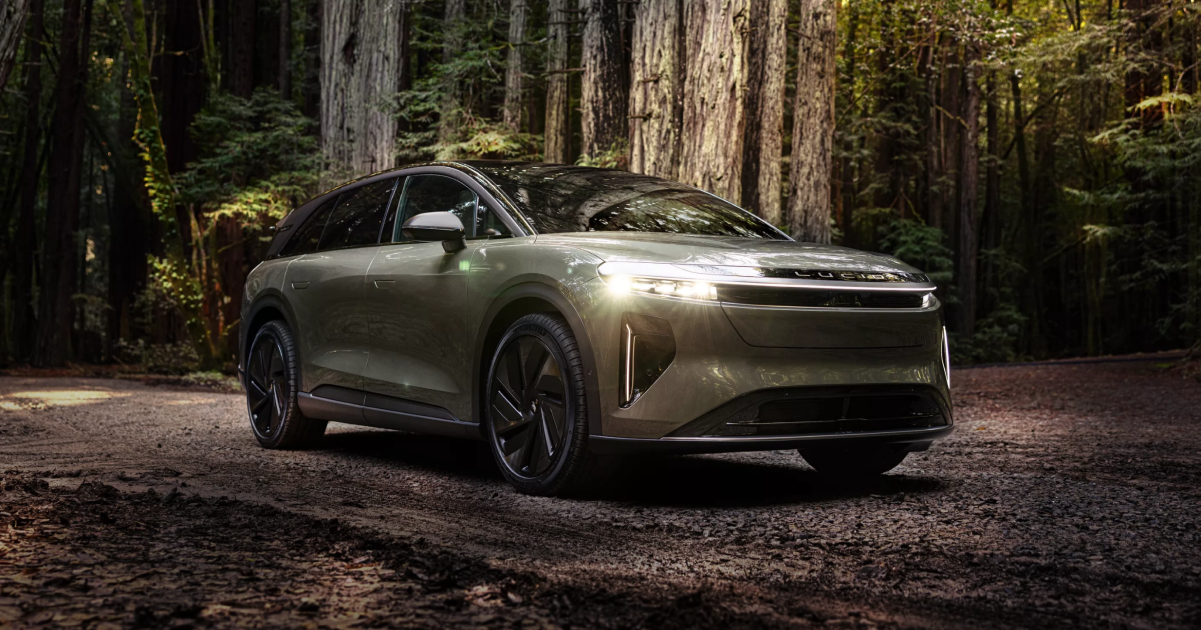Kia’s Changing Direction in a Shifting U.S. Market
Kia is heading toward its fourth straight year of U.S. sales growth, supported by gasoline models, hybrids, and electric vehicles. But unlike recent years—when the brand spotlighted bold EV launches—its leadership now emphasizes flexibility and consumer choice. The loss of federal EV tax credits, new tariffs and softening demand have forced Kia to rethink how quickly it can scale its electric ambitions.

A New Emphasis on “Choice”
Kia executives say the company’s strength lies in its ability to build competitive gas, hybrid, and electric models.
“We’re not pushing anything. We’re creating the right products that are meeting the customer demands,” said Russell Wager, Kia’s vice president of marketing in the U.S.
Kia’s broad lineup supports that claim. The Telluride remains a breakout success with younger, affluent buyers. At the LA Auto Show, the brand unveiled its second-generation Telluride featuring a new hybrid powertrain—an addition that pairs naturally with the EV9’s record-setting sales and strong growth across the Carnival and K5 lines.
Dealers have been quick to back the company’s approach. At a national meeting in Las Vegas, Kia reiterated its commitment to providing more powertrain choices across its lineup.
2024: A Reality Check for EV Momentum
This year has reshaped expectations for the EV business, not just at Kia but across the industry. With EV tax credits eliminated and U.S. fuel-economy rules rolled back, consumer incentives have weakened significantly.
Eric Watson, Kia’s vice president of sales operations, described the sector as “disrupted.” He notes that many shoppers rushed to claim tax-credit eligibility earlier in the year, resulting in a steep drop-off once incentives expired.
EV sales briefly reached around 10% of the market before falling to roughly 4–5%. Watson expects modest recovery in 2026, forecasting penetration to climb to 6–8%—still below last year’s peak.
Kia’s early advantage in compact electric SUVs, bolstered by fast charging and competitive range, helped it stand out in 2021. But the landscape has changed. The EV4 sedan, showcased months ago, has now been postponed indefinitely.

Tariffs, Margins and the Hybrid Boom
Demand for hybrids continues to grow rapidly. At the same time, new tariffs on South Korean-built EVs have increased import costs, shrinking margins for the EV6 and EV9. A revised tariff agreement provides some relief, but costs remain far higher than a year ago.
Meanwhile, consumer behavior reinforces the shift: high-trim Tellurides, hybrids, and well-equipped gas models remain in strong demand. These trends have pushed Kia toward a broader, more conservative strategy—one that strengthens its hybrid lineup while continuing to develop premium EVs.
Kia Plays the Long Game
The brand now adopts a "play-the-spread" approach: expanding hybrid offerings, maintaining momentum with upscale EVs, and preparing for an eventual return to more stable EV demand.
The biggest missing piece is an affordable EV. The upcoming EV3 is expected to fill that role, but key details—including production location, pricing, and U.S. timing—are still unknown.
Kia is evaluating whether more EVs should be built in North America, a move that would help with costs and policy compliance. “We’re just waiting to see where things shake out,” Wager said. The company plans to add more EVs to the lineup—it’s simply a matter of timing.
Recommend Reading: Kia Tops Study as the EV Brand With the Most Durable Batteries








Partager:
Ford’s $30K Electric Truck Bets on Smarter Design
Europe Pushes Back on Tesla’s FSD Approval Timeline